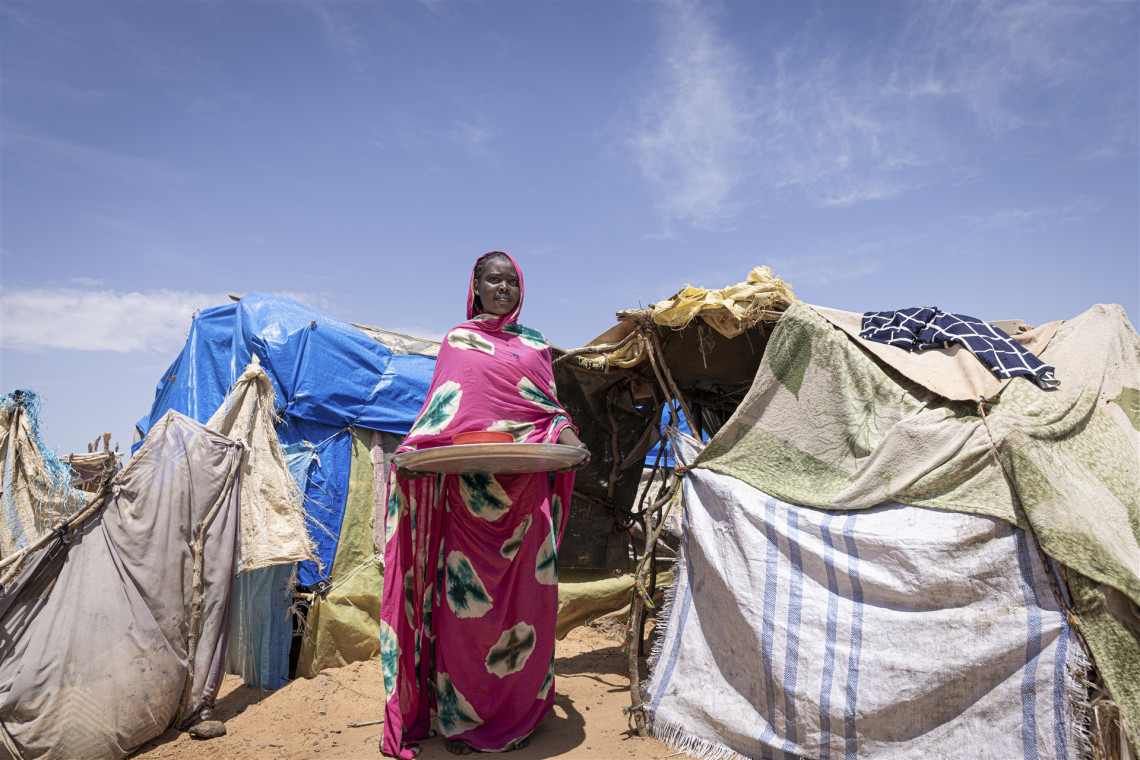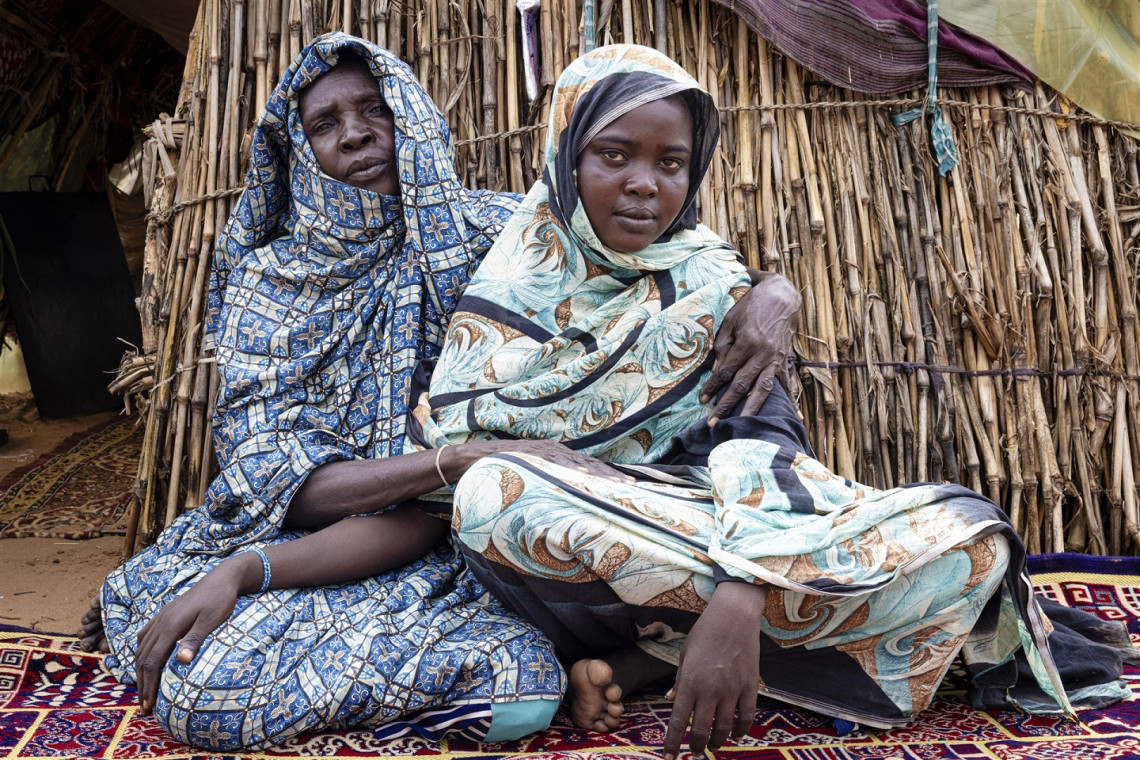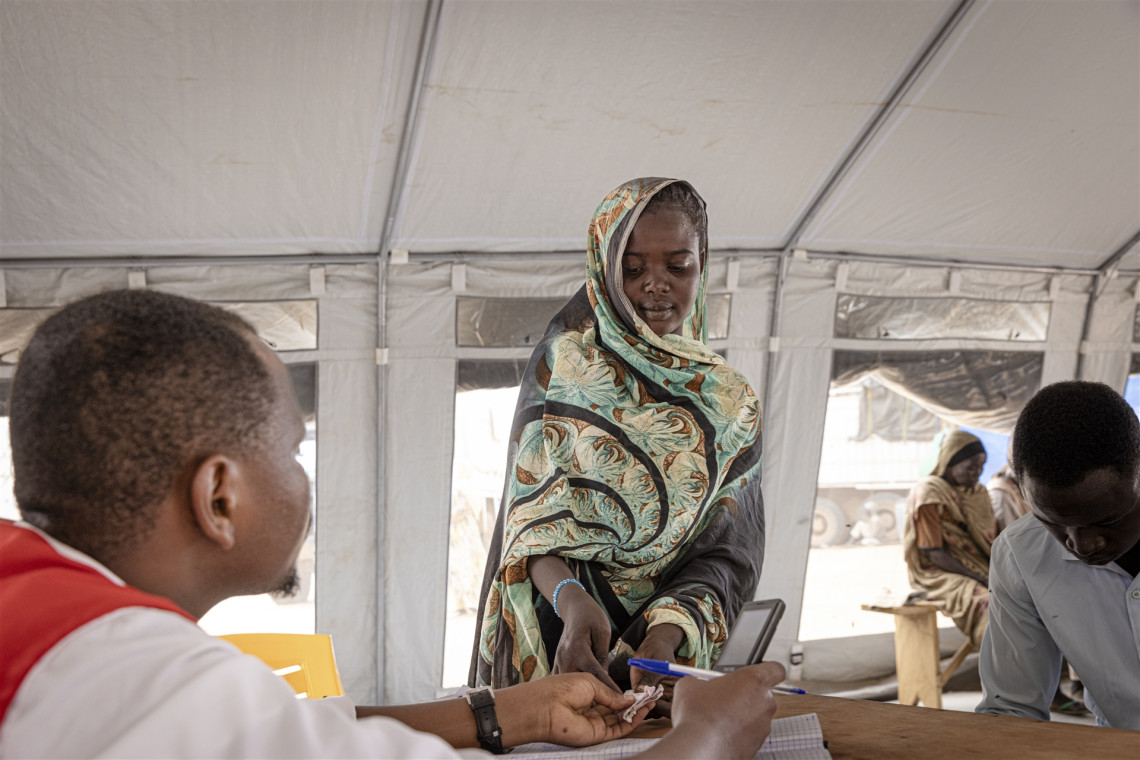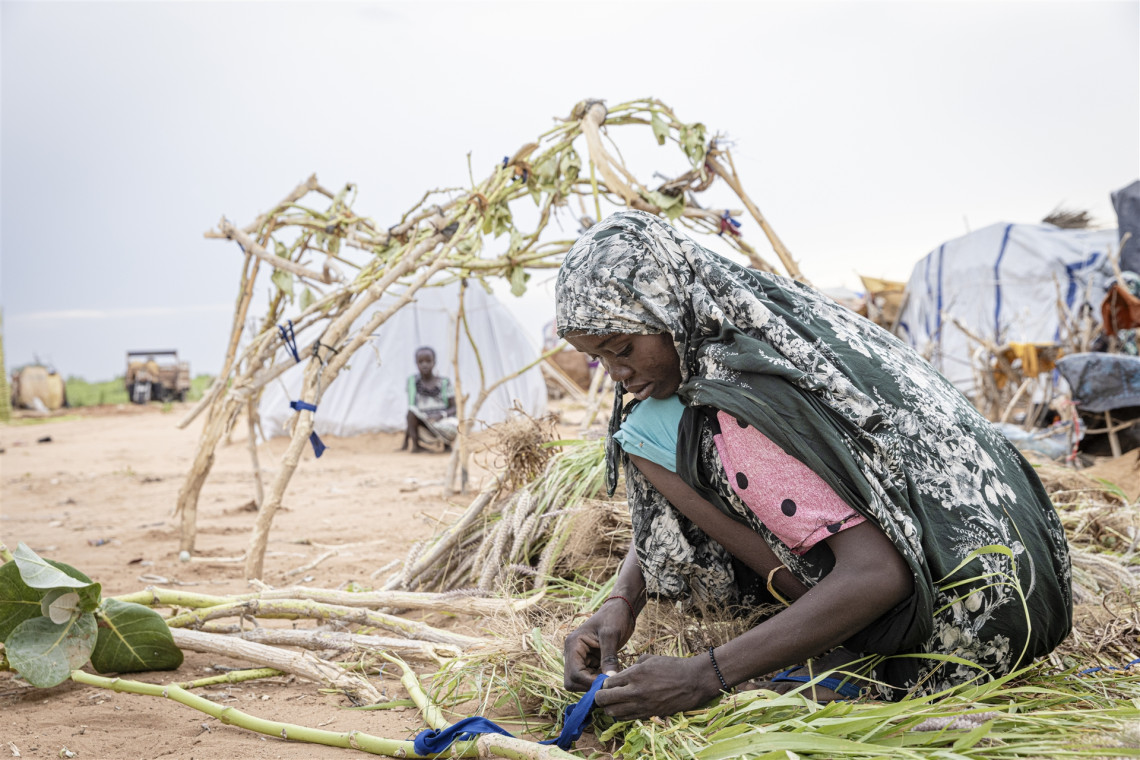Squatting on the sandy ground, a young girl is weaving grass stems into a roof. The tiny hut she is making is surrounded by tens of thousands of others like it, made hastily of sticks and leaves covered with tarps or plastic sacks.
This spontaneous settlement in Adré, a Chadian border town of 12,000 inhabitants, has become a makeshift home to over 100,000 Sudanese refugees. Almost 90% are women and children who crossed the border on foot, fleeing brutal violence that submerged their native Darfur soon after the conflict broke out in Sudan on April 15.
Kaltuma, a small woman with deep wrinkles and cloudy cataract eyes, had to summon all her strength to build her hut. She shares it with her two granddaughters, aged three and five. Kaltuma’s daughter took her two other children and left in search of daily work in the agricultural fields out of town. Every morning, Kaltuma tours Adré’s neighborhoods, knocking on doors and asking people for food. Whatever she collects on a given day, she uses it to prepare a meal for herself and her granddaughters.
The residents of Adré have welcomed refugees, but Chad is one of the poorest countries in the world, and resources are scarce. “The number of people who arrived here with nothing is more than tenfold the size of the local population. Imagine something like this happening in a European town,” says Mirjana Spoljaric, the president of the International Committee of the Red Cross, who visited Eastern Chad to raise awareness around the stark shortage of humanitarian funding for this crisis.
Following the sharp increase in the population, food prices skyrocketed, and essential services like water and healthcare, which were in short supply even before the influx of refugees, came under enormous stress.
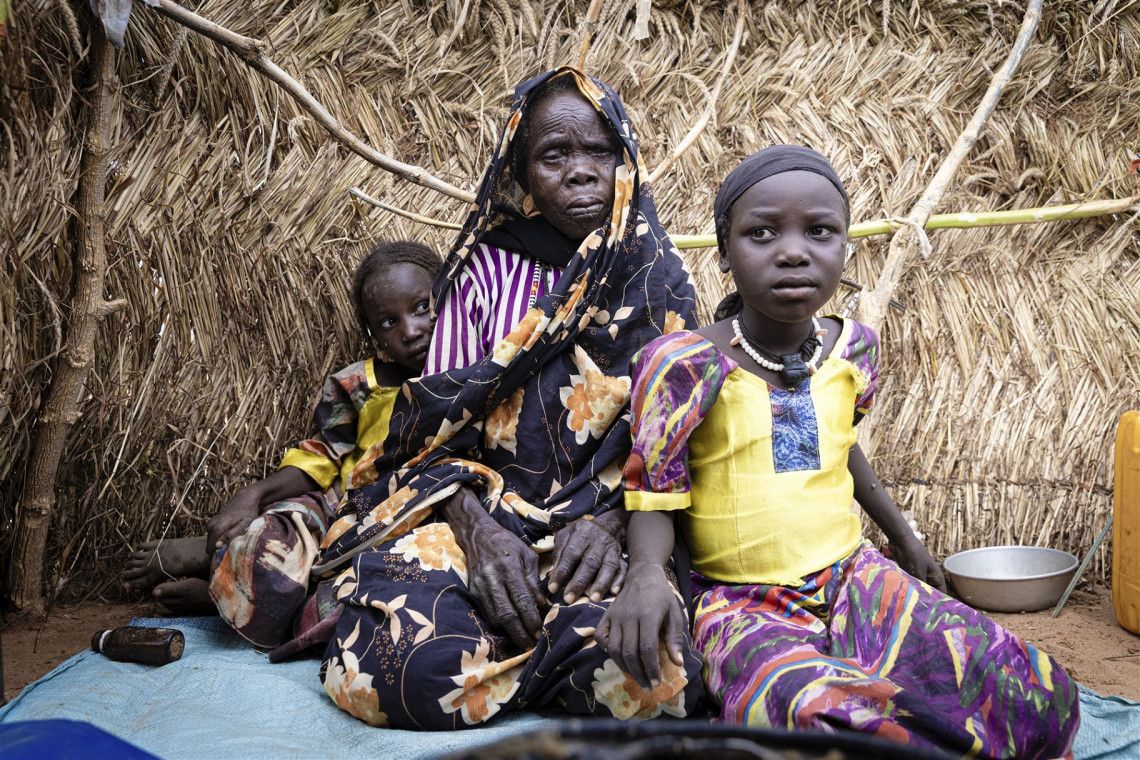
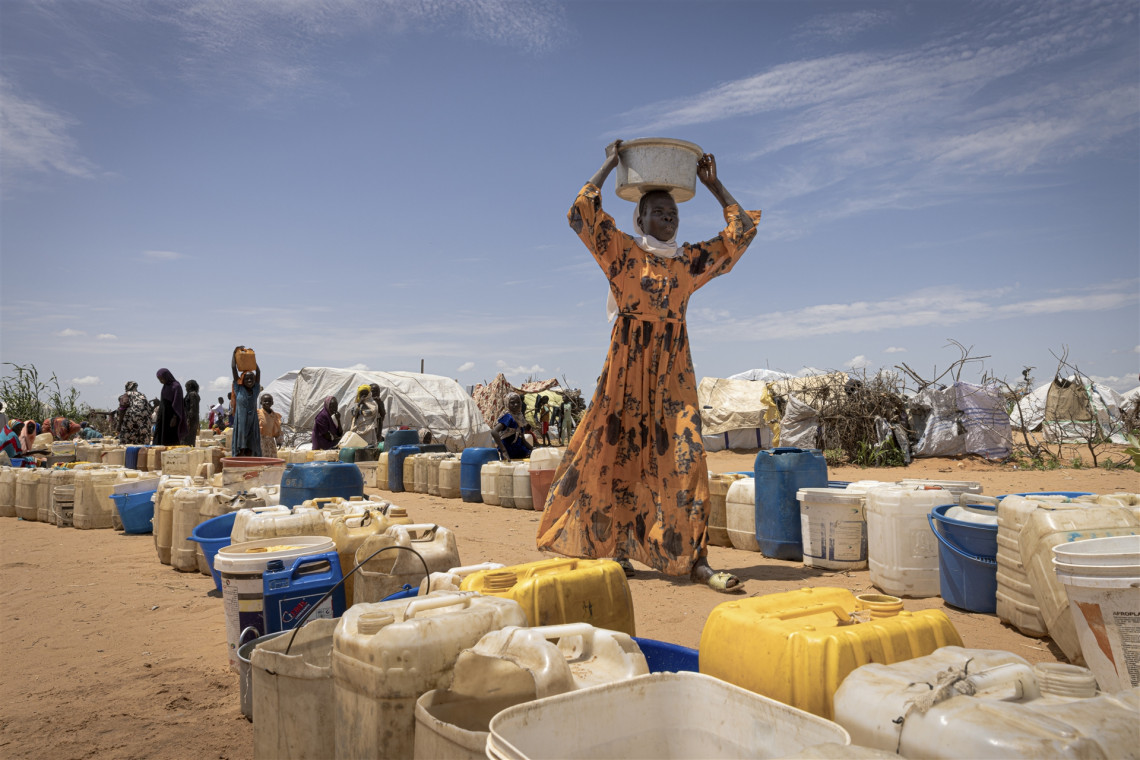
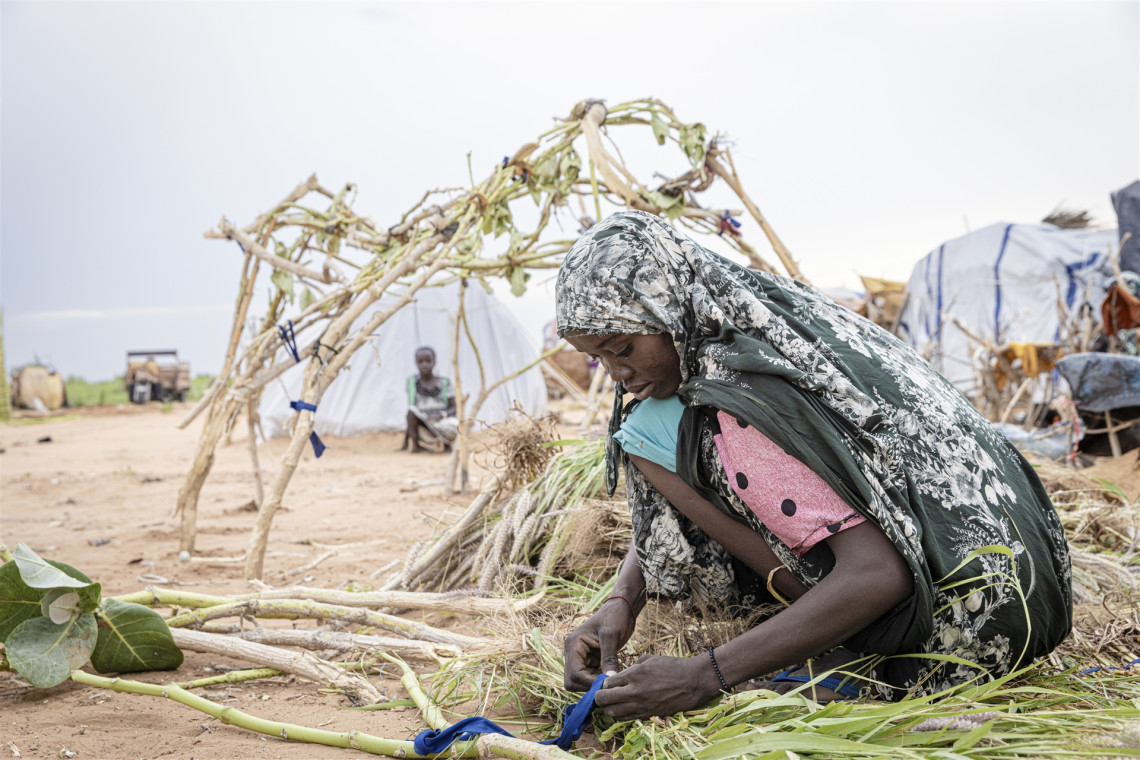
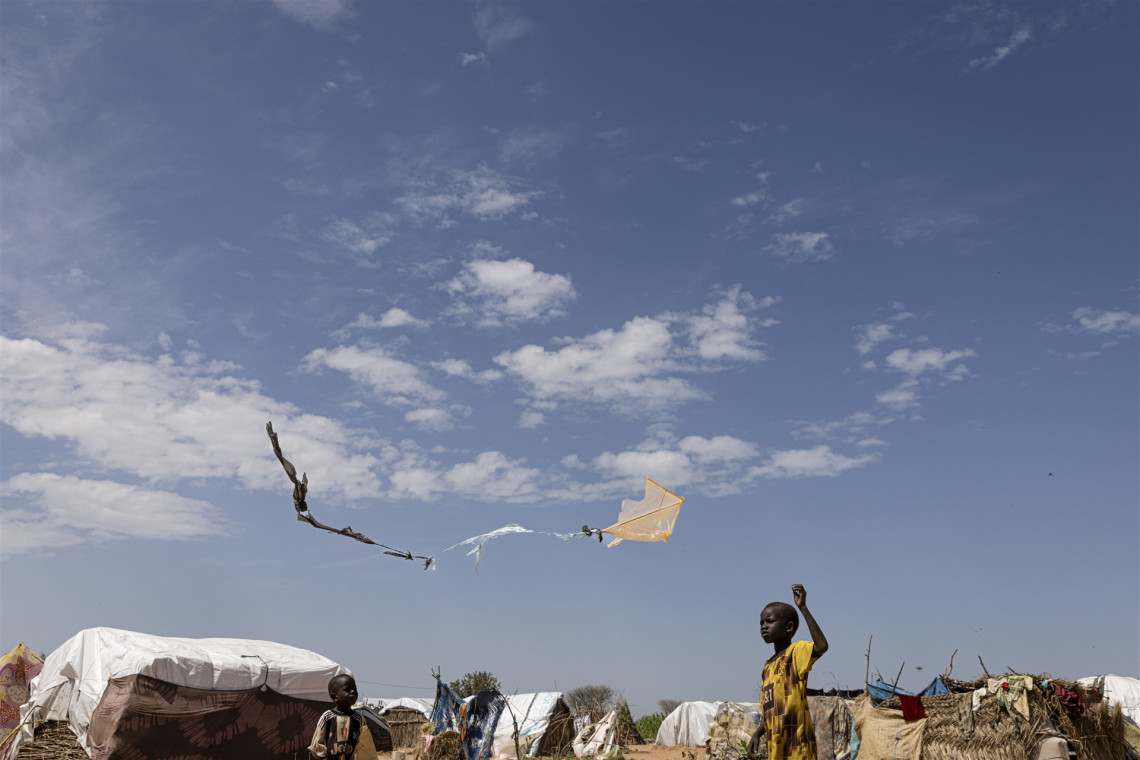
Someya was pregnant when she fled her village in Western Darfur with her children. “They killed my father in the mosque after the evening prayer,” she says, rocking her baby in the shadow of a tarp stretched overhead. “When I heard what happened, I ran to the mosque. He died in my arms. My husband always away for work, he was like a father to my children.”
When Someya and the children arrived in Adré, having walked for hours, she collapsed on the ground and was sick for several days from fear and exhaustion. A month later, she gave birth to a baby girl under the tarps and shortly after had to look for work to feed her four children.
“I tried working at a construction site, but it was physically hard, and they wouldn’t let me breastfeed the baby,” Someya says. “Now, I do laundry in people’s houses. They don’t mind me coming with the baby.” She goes to work early in the morning and buys food for the day with her wages.
A henna artist, Someya says the family had a good life and enough food back in Darfur. The reality of the camp is different, and at one point, the new mother lost milk because she wasn’t eating enough.
While Someya is at work, her kids fetch water – a long, tedious task in a place that had known water scarcity long before its population exploded. A long line of jerrycans and plastic buckets stretches out at five in the morning. “I leave my jerrycan in line, then check on it every couple of hours so as not to miss my turn,” says Zuhal, Someya’s 17-year-old neighbor in the camp.
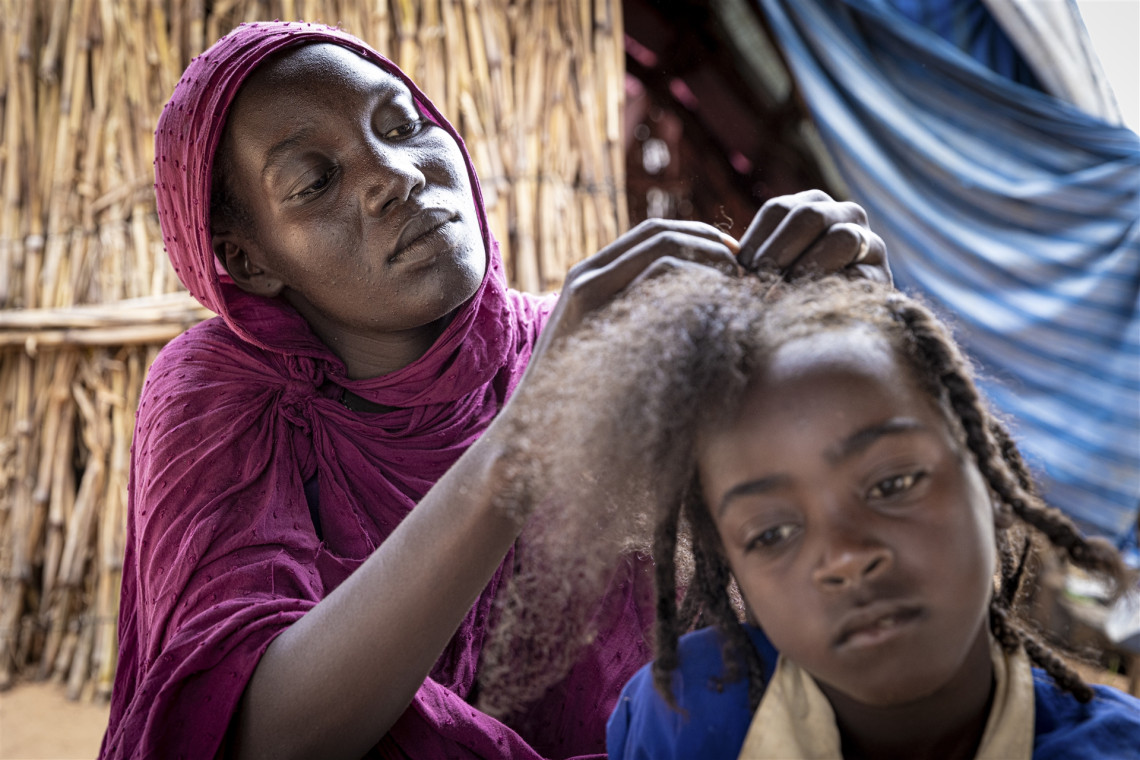
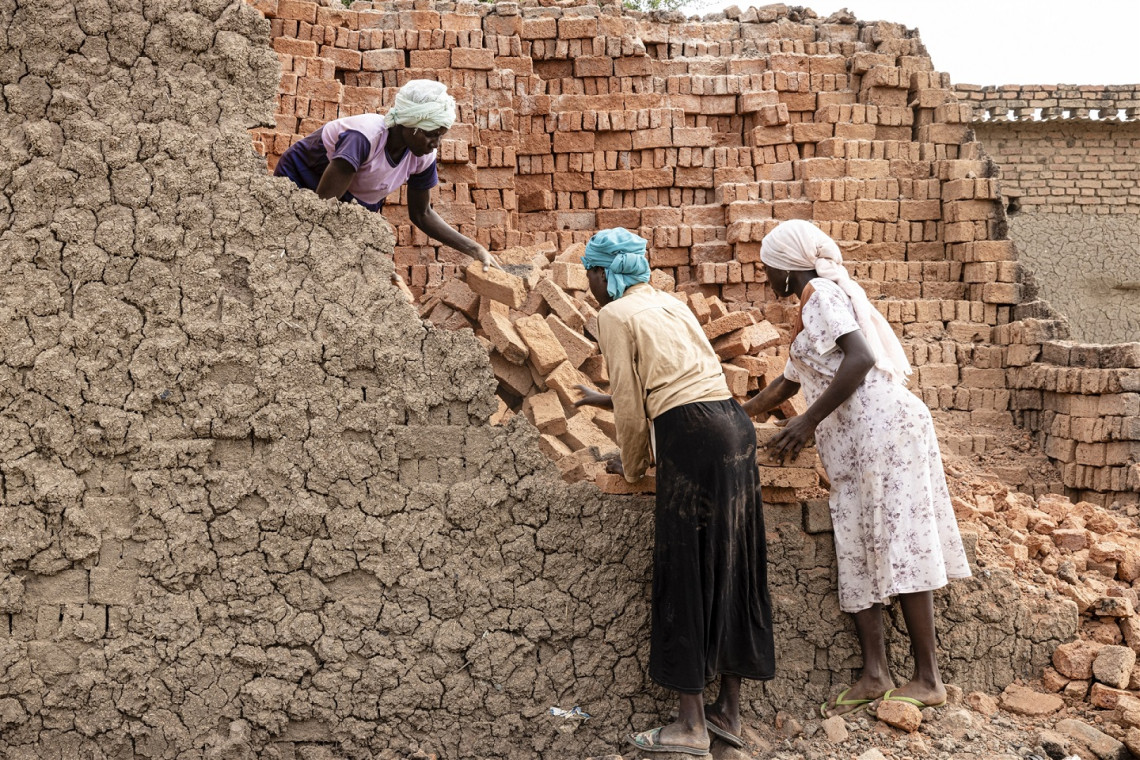
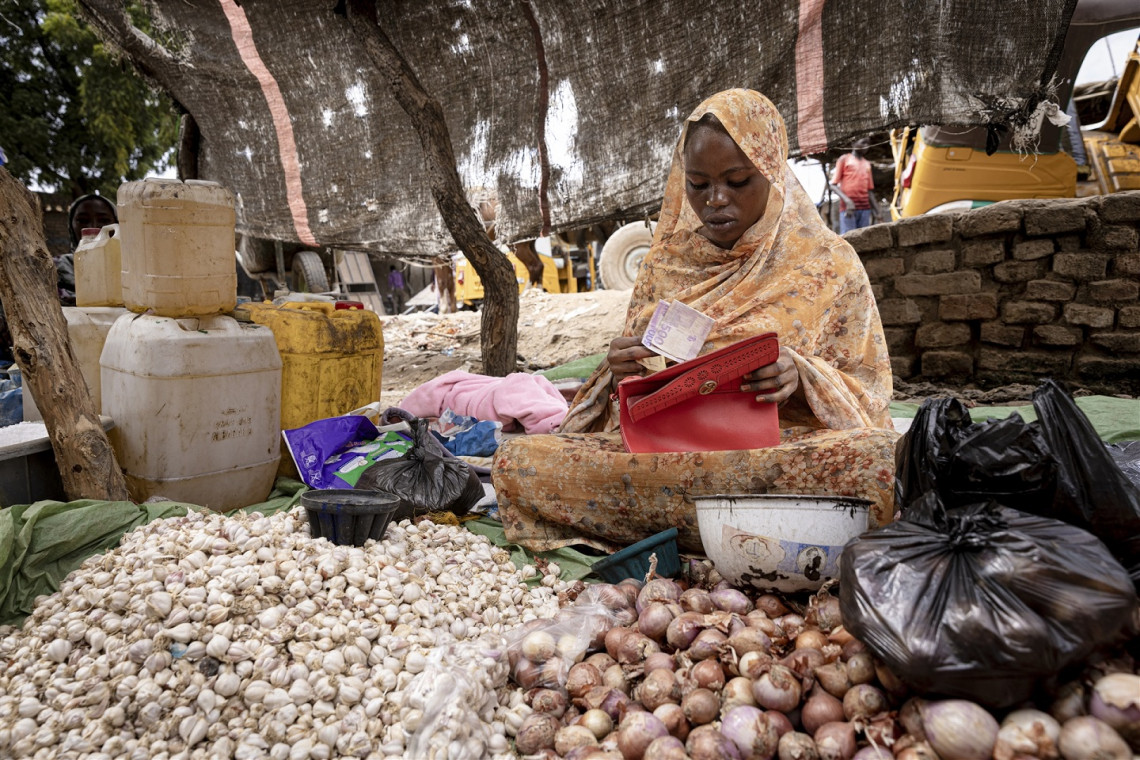
The routine of everyday survival offers an escape from memories about the horrors of the past and questions about the future. Back home in the Sudanese town of Al Geneina, Zuhal shared her time between school and helping her mother at their farm. Until she was forced to flee in search of safety. “We came here in the middle of the night without shoes. On the way, I saw people killed,” Zuhal says.
The teenager hopes to move with her uncle, who lives in Gedaref, in Eastern Sudan, and has been using Red Cross phone service to reach him, but her calls have not gone through.
Most women in the camp shrug their shoulders when asked what they hope for. As if hope was the most acute among all the deprivations they are suffering.
“I don’t know what I want to do,” Someya says. “Life in the camp is tough, but I have nothing to return to. My house burnt down. I lost everything I owned. Even if I could return, I would have to start life from scratch. It is not easy.”
